Phones have come a long way from their earliest forms to the powerful smartphones we use today. This article explores some of the oldest phones in history, from ancient acoustic devices to the first telephones and early mobile phones. Each one marked a major step forward in human communication, allowing people to connect over longer distances with greater ease. These devices reflect centuries of innovation, so let’s dive in to see how these early phones laid the groundwork for the connected world we now enjoy.
IBM Simon (1994)
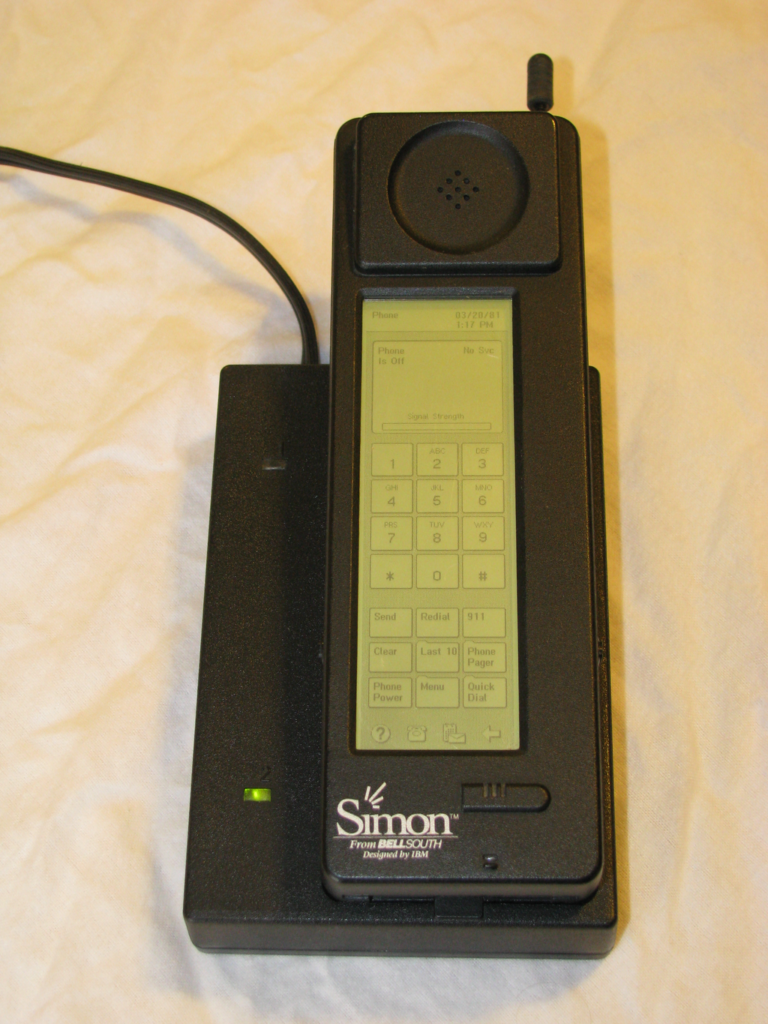
IBM’s Simon Personal Communicator, released in 1994, is often considered the world’s first smartphone. Designed as a touchscreen PDA, it was capable of making calls, sending faxes, and organizing contacts. Manufactured by IBM and Mitsubishi, it was among the first devices to combine phone functions with digital applications. It featured a notepad, calendar, and calculator, all accessible via a touchscreen interface. Though bulky and limited by today’s standards, it was groundbreaking, selling approximately 50,000 units during its brief market life. Despite its high cost, it paved the way for the multifunctional smartphones of the future. Its influence is still felt, as it introduced the concept of a handheld, multifunctional communication device.
Western Electric Model 500 (1949)
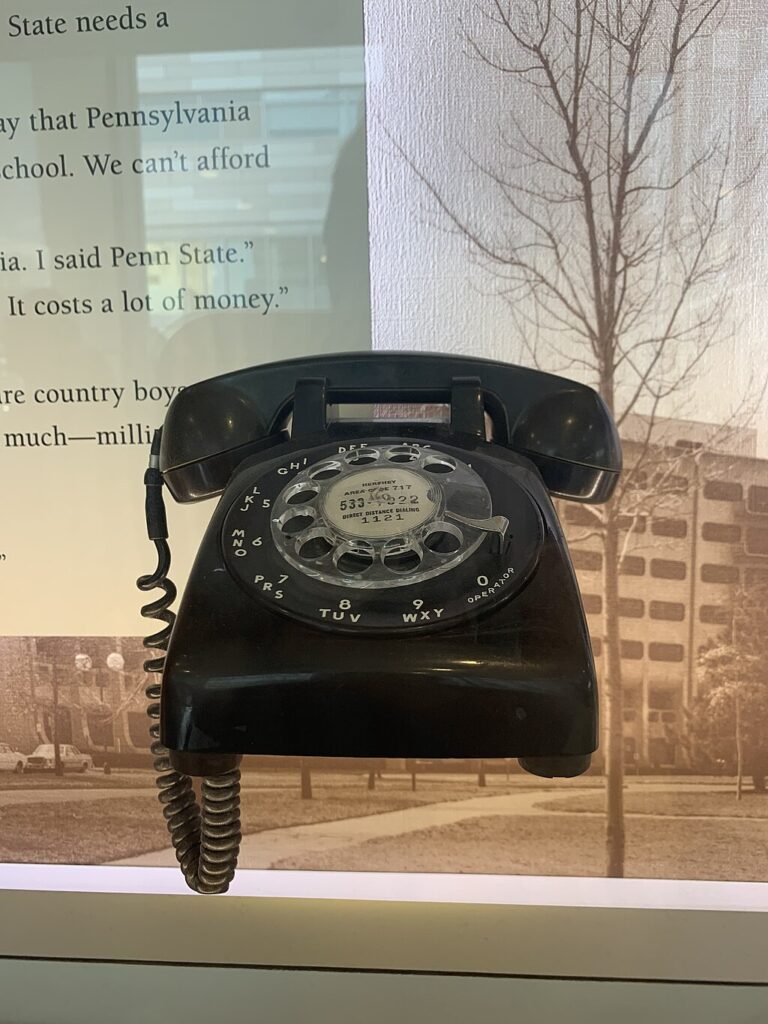
The Western Electric Model 500, launched in 1949, became one of the most widely used rotary phones in American households. Designed to be more compact than its predecessors, it also came in multiple colors, a feature that added a touch of personalization. Its internal design was enhanced with a more efficient ringer, making it a reliable choice for homes and businesses. It was also easier to repair, which helped it remain a staple for several decades. By the 1960s, it had become synonymous with home telephony, defining an era of communication. Its versatility and iconic design make it a popular collector’s item today. It set standards that influenced rotary phone designs for years.
Western Electric Model 302 (1937)
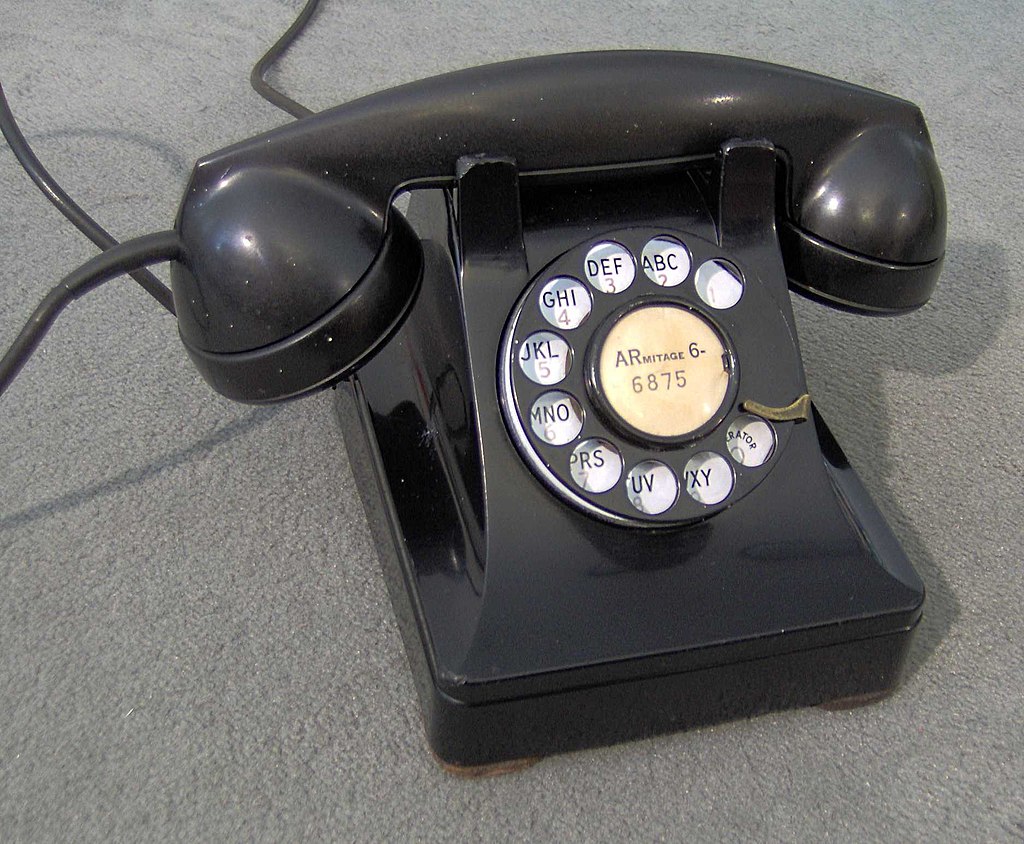
/ Wikimedia Commons
The Western Electric Model 302, released in 1937, was one of the first streamlined, self-contained phones. Designed by industrial artist Henry Dreyfuss, it featured a compact, sturdy design, integrating the bell and all necessary electronics within a single unit. This phone was widely distributed in the United States and became iconic in homes and offices alike. With its efficiency and aesthetic appeal, it marked a significant departure from earlier, bulkier phones. It was manufactured through the 1950s, outlasting many of its contemporaries due to its durability and appeal. It also came in various colors, a rare feature that increased its popularity. Today, it remains an iconic collectible, often recognized as a classic in phone design history.
Ericsson Bakelite Phone (1931)
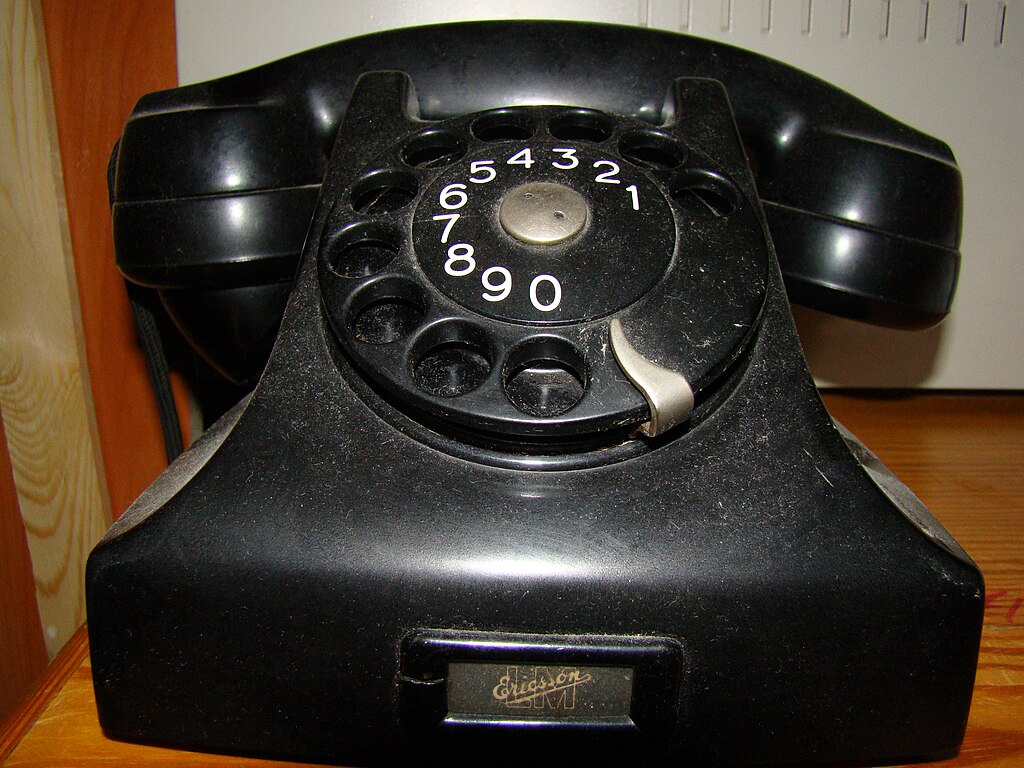
The Ericsson Bakelite Phone, introduced in 1931, was revolutionary as one of the first models made of Bakelite plastic, a novel material at the time. This model’s sleek black design became iconic, symbolizing sophistication and progress. Manufactured by LM Ericsson, this phone was lighter, durable, and more affordable, compared to previous metal models. Its use cut down production time, making telephony more accessible globally. It was widely used in Europe and quickly spread worldwide, thanks to its simple, functional design. By the mid-20th century, this model had become a staple in many households and businesses, setting standards for future phone models. It is now prized by collectors, representing a period of telecommunication elegance and practicality.
Desktop Cradle Telephone (Model 102/202) (1927)

Western Electric’s Model 102, introduced in 1927, was among the first phones to feature a cradle design for the receiver. It marked a shift from separate transmitter and receiver devices to an all-in-one handset. By placing the receiver on a cradle, users could now answer and end calls more efficiently, popularizing telephony in households. This model also featured sidetone technology, where users could hear their voice through the receiver, an improvement over prior models. By 1930, Western Electric improved the design with the Model 202, addressing sound issues and refining the structure. The cradle telephone was a staple in American homes for nearly a decade, symbolizing telephone advancement. Its efficient design led to further innovations in phone technology throughout the 1930s and 1940s.
Rotary Dial Candlestick (1905)
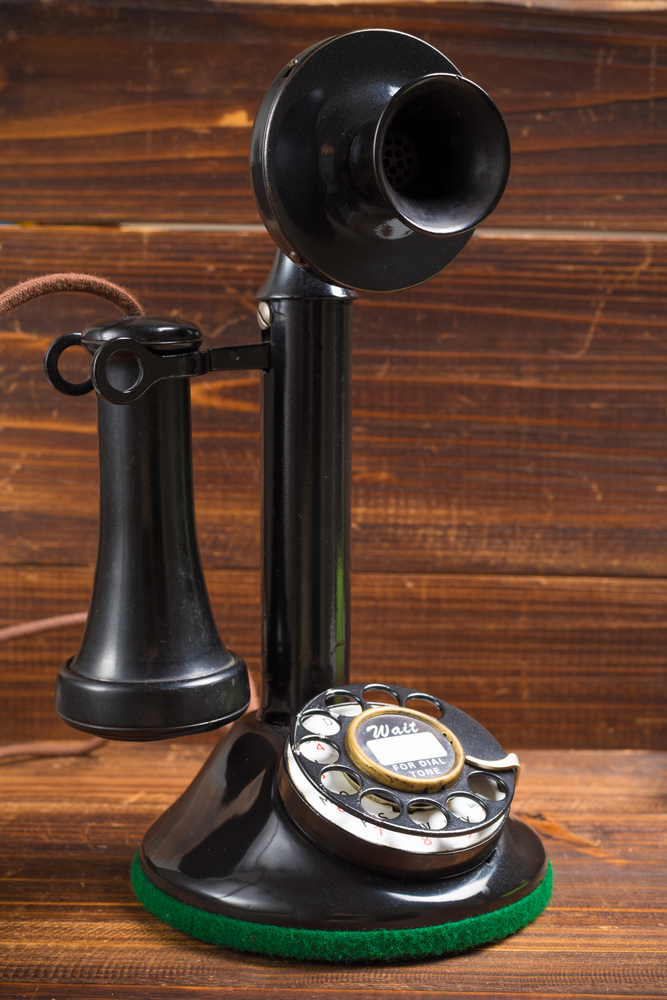
The Rotary Dial Candlestick was first introduced in 1905 by the Automatic Electric Company, a major step in phone functionality. The rotary dial allowed users to direct-dial numbers without needing an operator, greatly enhancing calling efficiency. Almon Strowger’s vision of automatic switching inspired this design, eliminating the need for human-operated exchanges. This model retained the traditional candlestick structure but added the rotary dial at the base, setting it apart. Its popularity soared in offices and homes, reducing wait times and modernizing user experience. It remained in production until the 1930s, marking its significant contribution to early telecommunications. It is highly collectible, symbolizing a key period in automatic telephony’s evolution.
Candlestick Telephone (1890s)

The Candlestick Telephone, a style that became iconic in the late 1890s, combined the earpiece and mouthpiece into one convenient handset. The design was initially attributed to Almon Stowger, though companies like Stromberg-Carlson also produced variations. By consolidating speaking and listening components, these phones offered more comfort and practicality, encouraging more people to adopt the technology. Known for its tall, slim design, the candlestick style remained popular until the 1930s, making it an early staple in households and offices. Its aesthetic appeal and functionality cemented its status as an antique collector’s item today. Unlike prior models, it featured a separate ringer box, often installed in a different room or location. It became synonymous with early 20th-century communication, appearing in films and capturing the period’s distinctive style.
Alexander Graham Bell’s First Telephone (1876)
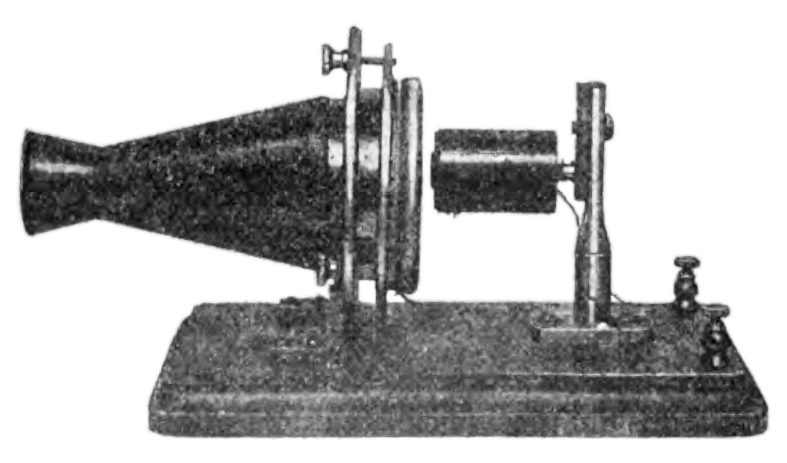
Alexander Graham Bell invented the first practical telephone in 1876, revolutionizing communication by allowing speech to travel over electric wires. His device was built to convert sound waves into electrical signals, enabling long-distance verbal communication. This invention laid the groundwork for modern telecommunications, influencing the development of telephone networks. Shortly after, he established the Bell Telephone Company, marking a pivotal moment in technological history. Legal disputes with Elisha Gray, who claimed a similar invention, brought further attention to his patent, solidifying his place in history. By 1878, telephone exchanges began connecting hundreds of users, making phone access more widespread. Within a decade, they became a staple in American homes, with continued advances pushing them towards commercial success. His design became foundational for telephone communication globally, creating a model that led to a century of telecommunication innovation.
Speaking Tubes (1800s)
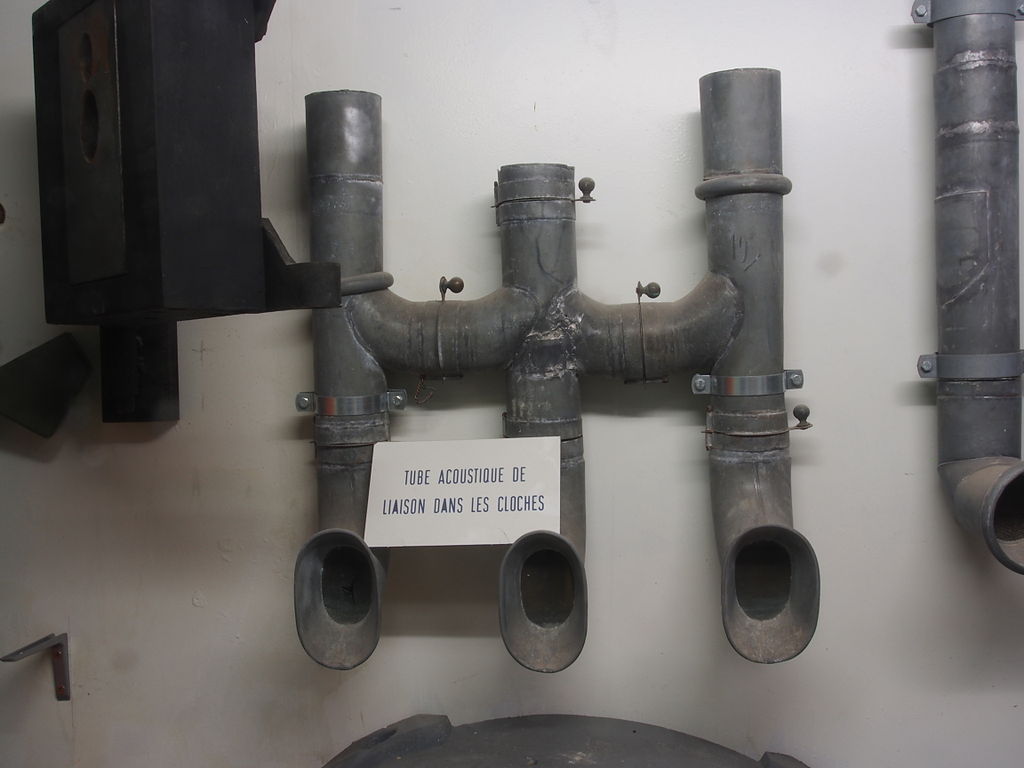
Long before the electric telephone, speaking tubes allowed communication within large buildings and ships during the early 1800s. These tubes, usually made of brass, carried sound by channeling the speaker’s voice through an open pipe system from one room to another. Primarily used in places like banks, hospitals, and ships, they provided a simple yet effective way to communicate over short distances. They were particularly valuable in naval operations, enabling officers to relay commands between decks without needing electrical signals. This early acoustic communication system required no external power and provided a level of privacy in structured spaces. In some medical and technical environments, they are still used today, showing the enduring simplicity of this innovation. This form of communication laid a conceptual foundation that made people aware of the potential for more advanced distant communication methods.
Robert Hooke’s String Telephone (1660s)
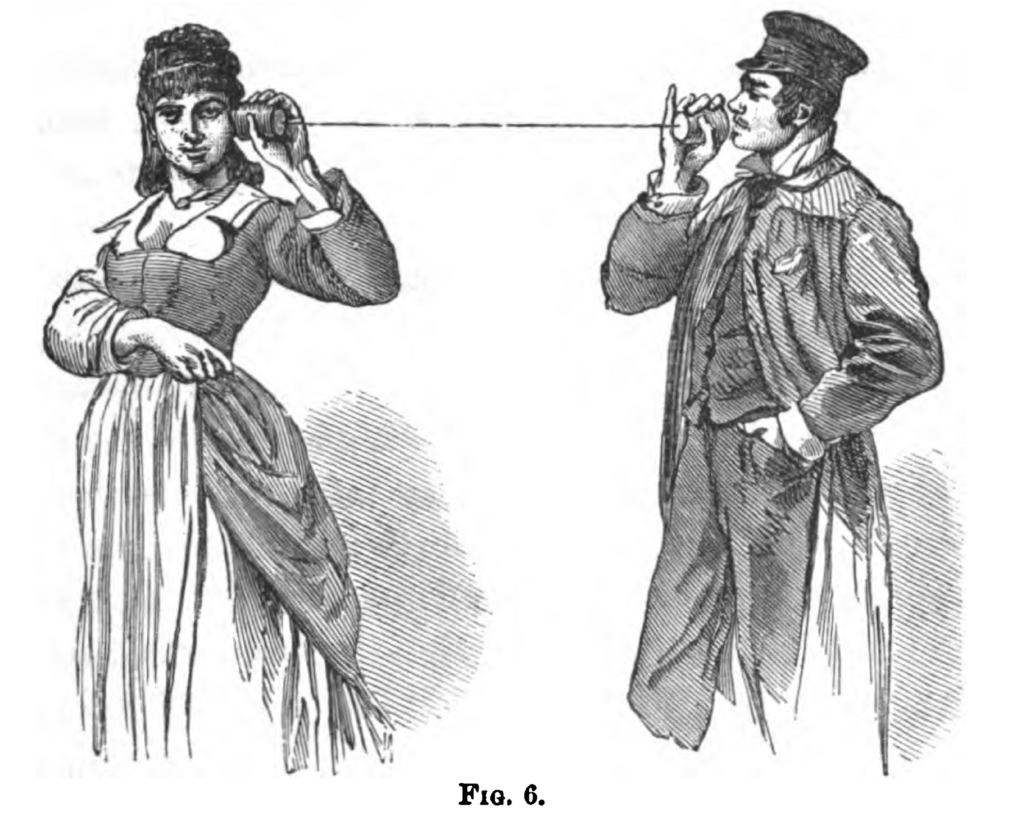
Robert Hooke, an English scientist, experimented with a simple telephone in the 1660s, connecting two tin cans with a taut string. This “acoustic telephone” relied on mechanical sound waves traveling along the string, allowing users on either end to hear each other. His string phone was limited by distance and required both parties to hold the cans steady for the sound to carry effectively. Despite these limitations, his invention highlighted the potential for sound transmission across distances, inspiring future telecommunication ideas. His design demonstrated early principles of sound transmission that later influenced electrical telephony. While rudimentary compared to modern phones, the string telephone marked a significant step toward developing telecommunication concepts. His experiment underscored the desire for distant communication centuries before electricity was incorporated, making it one of the oldest attempts at telephone-like technology.
This article originally appeared on Rarest.org.
More from Rarest.org
16 Classic Trucks That Defined American Roadways

Gestalt Imagery / Shutterstock
Classic trucks have long been a backbone of American roadways. Built for durability and performance, these trucks have earned their place in history. The following list highlights the most iconic trucks that shaped American driving culture. Read More.
22 Uncommon Mammals Found Only in Dense Rainforests

Dense rainforests are home to some of the worldâs most unique and mysterious mammals. These environments, rich in biodiversity, provide the perfect habitat for species that thrive away from human eyes. Read More.
12 Classic Cars Abandoned in Barns Now Worth Millions
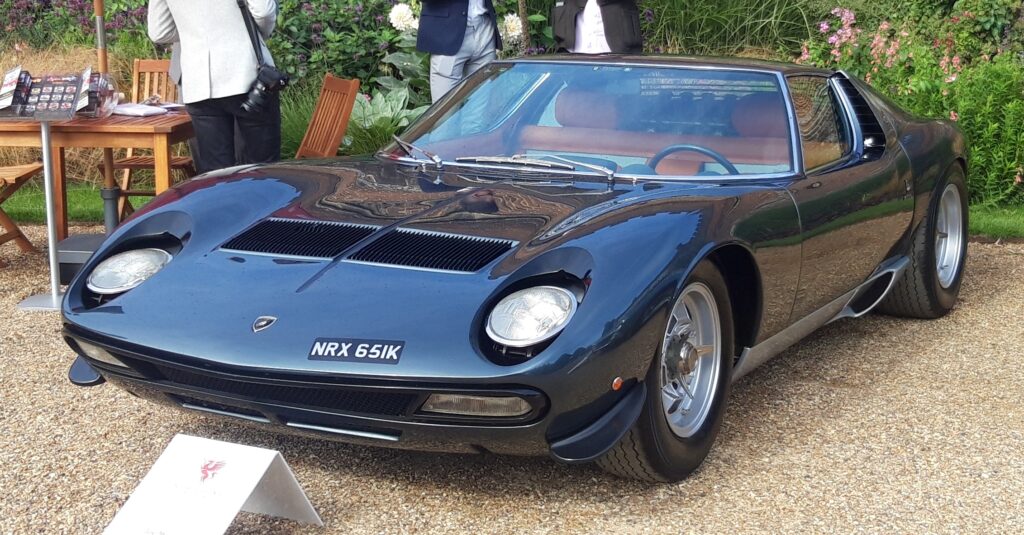
Classic cars often carry a unique charm, but some of the most iconic ones have been left abandoned in barns, forgotten for decades. Hidden away and covered in dust, these cars have gained new life, becoming treasures worth millions. Collectors and enthusiasts are now discovering these relics, restoring their former glory, and witnessing their value skyrocket. Read More.
